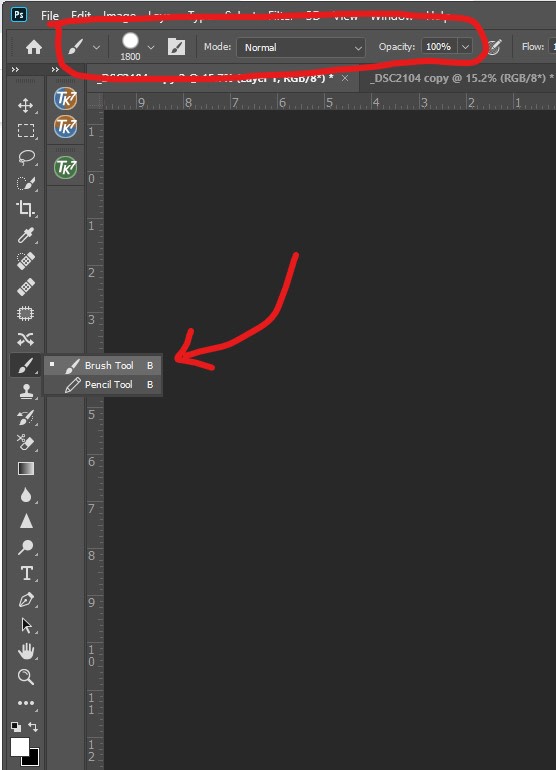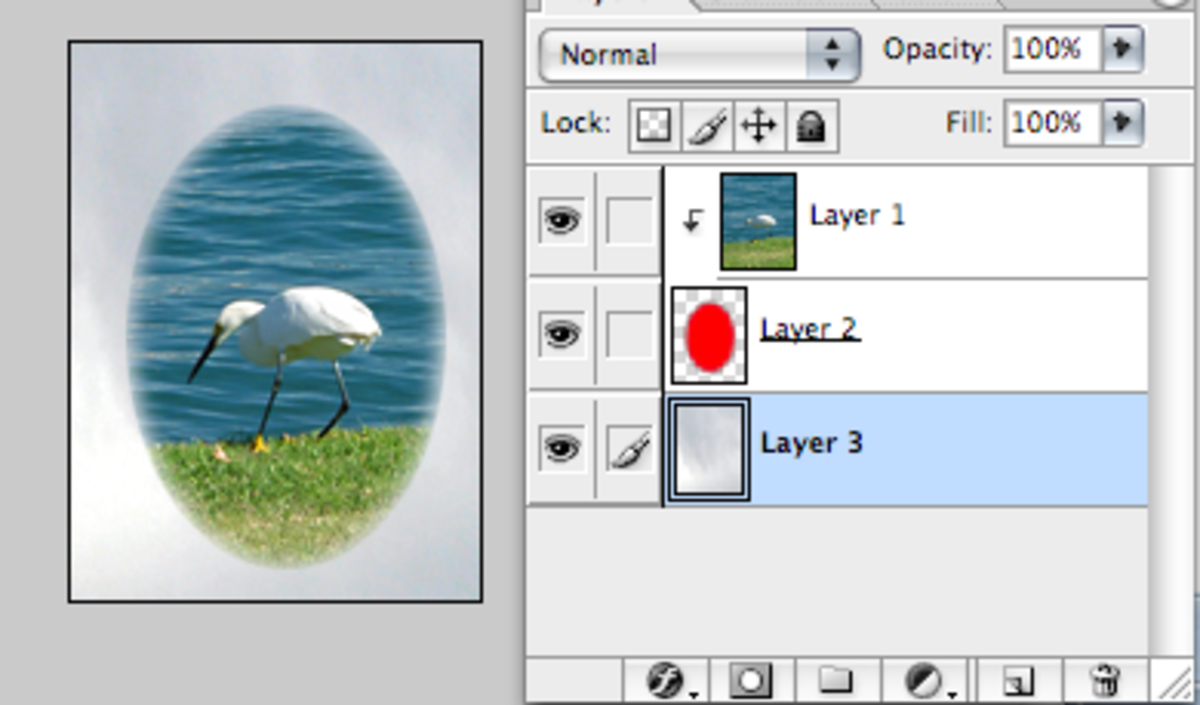
- #Photoshop 101 extract image from background cs4 how to
- #Photoshop 101 extract image from background cs4 iso
If you have noise throughout your image, use the first option. This lets you remove luminance noise in the red, green, and blue color channels one by one. The Reduce Noise filter in Photoshop has an advanced option. Step 5 (Advanced Version): Luminance Noise Reduction But there is another way of removing JPEG artifacts in Photoshop that we will explore a little later. If you are working with a JPEG, check the box at the bottom. Moving them too much could create more grain in your photo. Use the Preserve Details and Sharpen Details sliders to bring back some lost detail. It is a balancing act between reducing noise and retaining sharpness. Watch the preview window for the changes. You may see your photo become blurred and lose detail. But I only reduce color noise if this is obvious in my image. I often set the strength to a high number. Move the Reduce Color Noise slider if your image has color noise. Step 5 (Basic Version): Move Sliders to Reduce NoiseĮven though it is not labeled as such, the Strength slider adjusts the amount of luminance noise. I will talk about the advanced version as a second option. The default Reduce Noise filter is the basic version. You also have a checkbox at the bottom that removes JPEG artifacts. By default, the preview will be at 100% zoom. Position the preview screen to show your subject.

You may want to do this to create a vintage look.) (Notice there is another filter you can use to add noise in Photoshop. With the Denoise layer selected, go to the Filter dropdown menu. Step 4: Open the Reduce Noise Filter Window An icon appears in the lower right-hand corner of the thumbnail. And choose Layer > Smart Objects > Convert to Smart Object. Then rename this layer “Denoise.” You should have two layers in the Layers panel.Ĭonvert the Denoise layer to a “ smart object.” You can filter noise and then re-adjust your settings later with a smart object. You can also drag the Background layer down to the new layer icon (plus sign) at the bottom of the Layers panel. And select Layer > New > Layer via Copy (Ctrl+J or Command+J). Butterfly image with noise Step 2: Duplicate the Background Layerĭuplicate the original image by going to the Layer dropdown menu. You can see the digital noise by zooming in on the butterfly and the textured background.
#Photoshop 101 extract image from background cs4 iso
I am going to use this photo taken at ISO 8000. Open a photo in Photoshop by going to the File dropdown menu and selecting File > Open. You do not want to introduce more noise into your image. The filter is easy to use, but you have to be careful with this tool. Let’s start with the Reduce Noise filter. Then let’s look at Photoshop’s Neural Filter and plugins.
#Photoshop 101 extract image from background cs4 how to
But now, there are tools to help you remove or reduce the grain during post-processing.įirst, let’s look at how to remove noise from a photo in Photoshop using two different filters. For instance, you have to raise your ISO when photographing action in a dim space. Sometimes though, it is impossible to avoid noise. How to Reduce Noise in Photoshop (Filters and Plugins) This is the reason to “ expose to the right.” The peaks on your histogram should favor the right-hand side of the graph. It helps if you use a bright exposure to keep the shadows from getting too dark. You may also see grain if you lighten shadows too much. A high ISO introduces grain into your image.

Ideally, you want to make the cleanest photo possible with your camera. That’s because it was a 183-second exposure.ĭenoise tools are for the worst-case scenario. Even though I was on a tripod and shooting at ISO 100, this image has red and green dots of color noise. The colored dots do not go with the other colors in the image.Ĭolor noise is created when your sensor gets hot. When isolated pixels pop out with a color like green or red, you are looking at color noise. There was no option but to increase the ISO to 6400 and fix the grain later in post-processing.Ĭolor noise is also called chromatic aberration or chrominance noise. The heron in this photo was moving fast at dusk. When you zoom in, some pixels seem brighter than others. This type of noise looks like grains of sand in your image. Luminance noise is the most common type of digital noise. There are a couple of different types of noise. It makes the photo look soft and out of focus. But too much digital noise distracts the viewer from the subject. Most black-and-white images also look good with a bit of grain.

If you want your photo to look vintage, grain is fine. Even then, you may only see it after zooming into the photo.Īnd noise is not necessarily bad. But you may be able to shoot at ISO 800, 1600, 2500, or even 5000 before you notice grain in your images. ISO performance improves with each generation of camera bodies. With advances in camera technology, digital noise is less of a problem than had been with film. One of the main reasons for noise in photographs is a high ISO. It consists of tiny dots of light, sometimes colored, across your image.


 0 kommentar(er)
0 kommentar(er)
